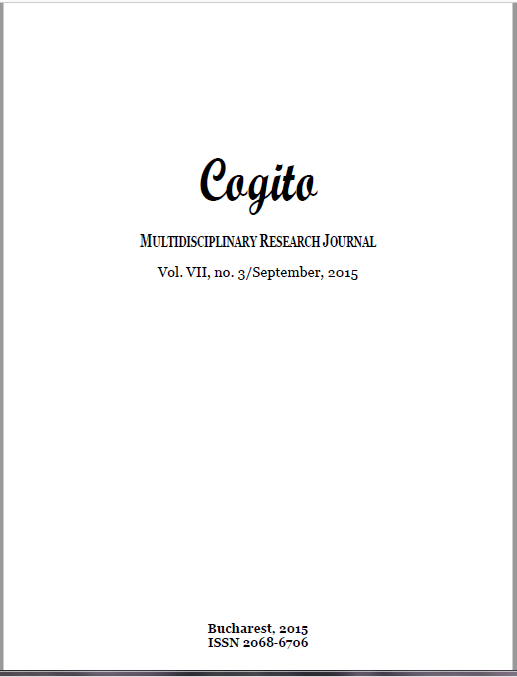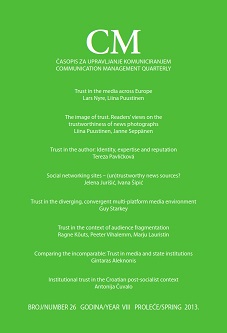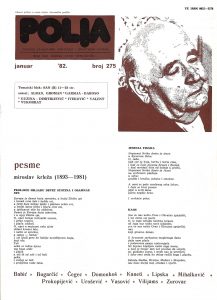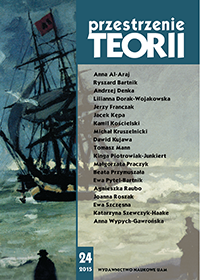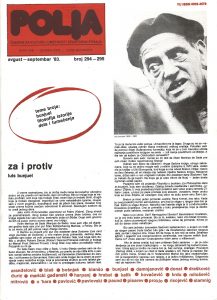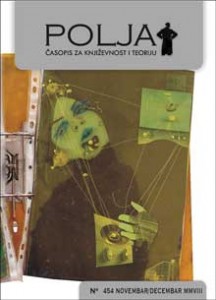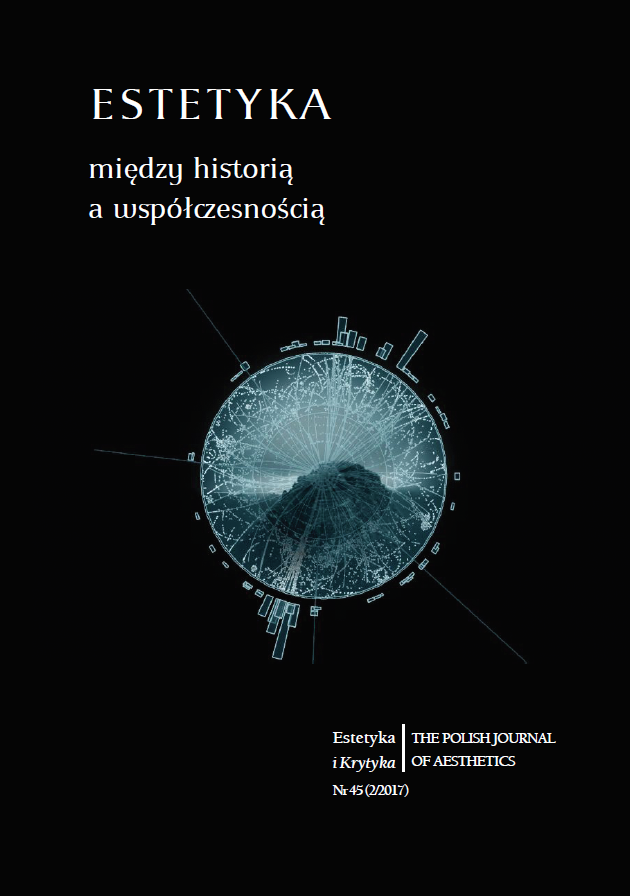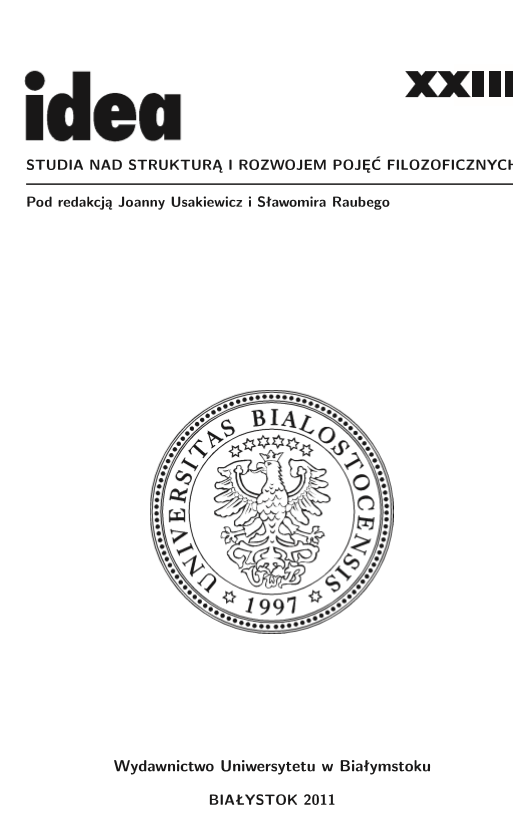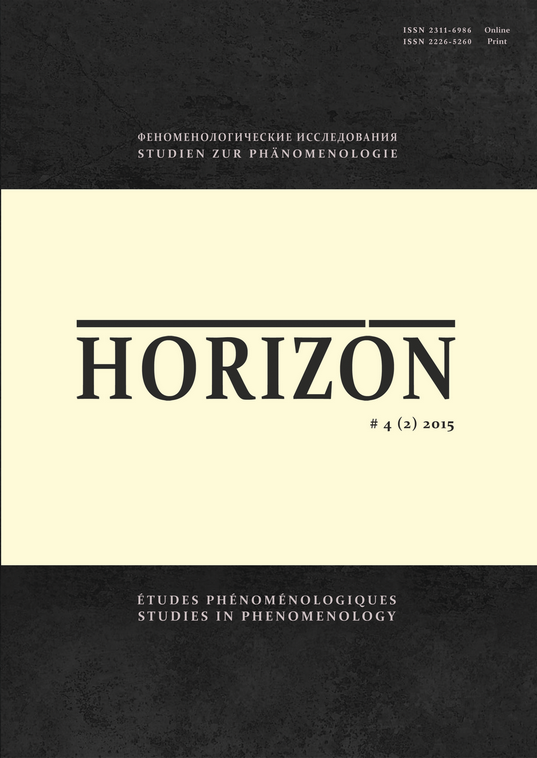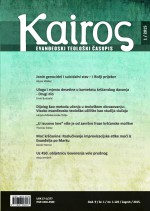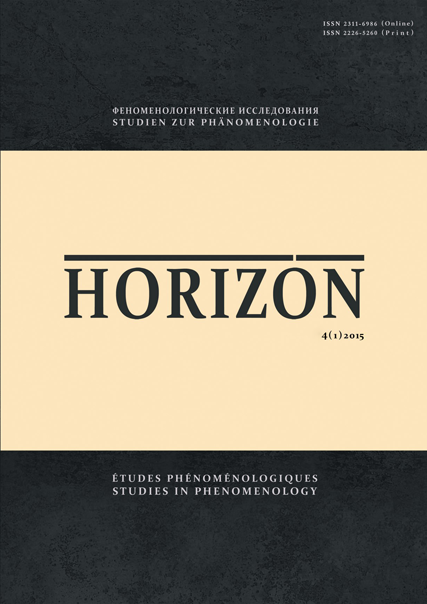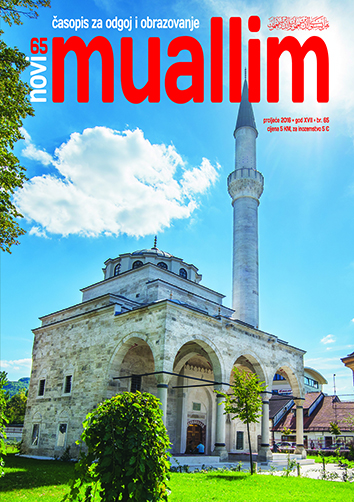
KAKO ČITATI PRIJEVOD KUR’ĀNA? (KRATKE UPUTE U ODGONETANJE ZNAKOVLJA KUR’ĀNA)
Translation of the Qur’an by Mića Ljubibratić Hercegovac (1839-1889) was published in Belgrade in 1895, and is considered the first complete translation published in our language, and 120 years later this translation was re-printed by El-Qalem publishing house and Muftiate of Banja Luka with addition of the collection of essays about the Qur’an titled ‘Universes of the Qur’an’, by Enes Karić. Qur’an holds the pivotal position in Islam; from its pages Muslims derive the principles of their faith, fundamental guidelines for their rituals and morality, it offers concise directions for understanding this world and our role in it. The original text of the Qur’an is revered by Muslims as Literal Word of God (Verbum Dei) and God’s Voice. The translation of the Qur’an is not considered as ‘the original Qur’an’, translation of the Qur’an is only a translation or interpretation of the book that reflects reason, style and worldview of the translator. In this essay, prepared and published as an addition to Ljubibratić’s translation of the Qur’an, the author offers some guidelines for reading and understanding translation of the Qur’an.
More...
